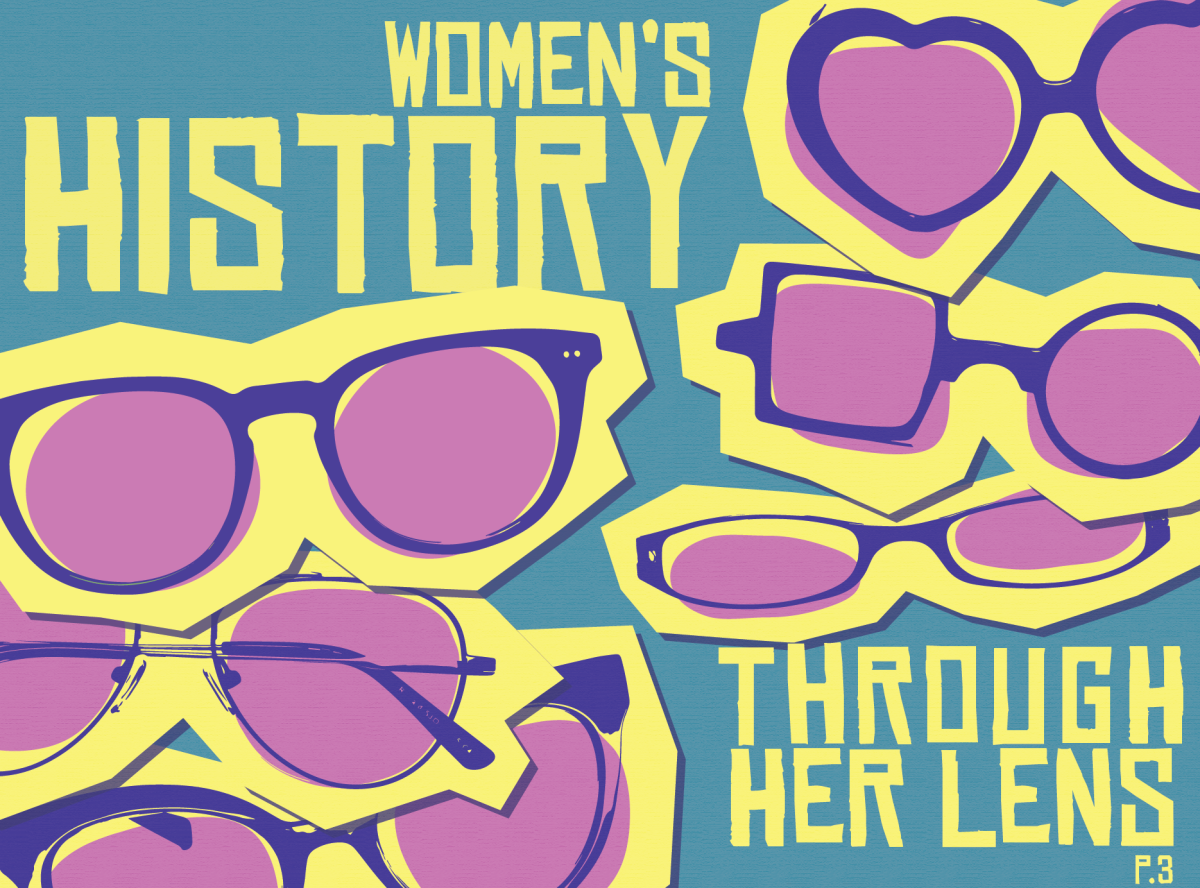On March 10, 1948, a fire broke out in the Highland Hospital for the mentally ill killing the schizophrenic patient, Zelda Fitzgerald. Zelda was the wife of F. Scott Fitzgerald, author of numerous short stories and novels such as “The Great Gatsby” and “Tender is the Night.” Although she suffered from mental illness, her life was further tormented by lack of recognition for her own writing talents. Zelda’s life could be described as both charmed and tragic as she experienced extreme highs and lows. Living the high life in the 1920s, the Fitzgeralds were known to hold lavish weekend long parties for their circle of literary and theater friends. When Scott created the word flapper in his short stories to define “girls with an extraordinary talent for living,” Zelda was the original model for his inspiration.
Zelda’s lows are obvious with the onset of mental illness by the age of 30. Beginning in her late 20s, she had occasional bouts of odd behaviors, such as laughing uncontrollably for no apparent reason. She was diagnosed as a schizophrenic in 1930, and was hospitalized for lengthy stays in various hospitals over the 18-year period before her death, according to a Zelda Web site.
Under psychiatric care, Zelda discussed the problems in her marriage that compounded her tormented state of mind. Zelda also was a talented writer having published a book and several short stories, but she lived in the shadow of her distinguished husband, who was often credited for her work.
In a counseling session on May 28, 1933, Zelda and Scott aired their grievances with Dr. Rennie as moderator, and a stenographer to record their discussion in a 114-page transcript. Both writers based characters on their own personal lives, although Scott claimed a right to the story material, which placed creative limitations on Zelda.
“Repeatedly throughout the afternoon, they came back to this point: Scott was the professional writer and he was supporting Zelda; therefore, the entire fabric of their lives was his material, none of it was Zelda’s,” according to Milford’s biography on Zelda. When Zelda submitted a draft of her novel “Save Me the Waltz” to Scribner in 1932, Scott demanded both deletions and changes to the novel, which censored material that he intended for later use. The watered-down version of her book was not successful.
On the other hand, Scott took full-creative license over characters based on Zelda. In 1934, Scott’s fourth novel, “Tender is the Night” was published, where Scott fictionally exploited Zelda’s mental illness through the character Nicole Diver. The book contained complete letters Zelda wrote to Scott during the early months of her illness, according to a Zelda Web site.
Although Scott called Zelda a third-rate writer, several of her stories and magazine articles were credited to Scott when they were published under his name. For example, in May 1929, Zelda’s article, “Paint and Powder,” ran in “The Smart Set” under Scott’s name. Then in May 1930, Zelda’s story “A Millionaire’s Girl” ran with Scott’s byline in the “Saturday Evening Post,” according to a Zelda Web site.
In the winter of 1928-1929, Zelda wrote a series of five stories for “College Humor,” and she was offered quadruple the fees to name Scott as co-author.
While Zelda suffered from mental illness, she was further tormented by stifled creativity and a lack of recognition for her writing talents. Her death was equally tragic as her body was burned beyond recognition, and identification was made only by her charred slipper.
Sources:
http://www.zeldafitzgerald.com Milford, Nancy. Zelda, a Biography. New York: HarperCollins, 1970.







